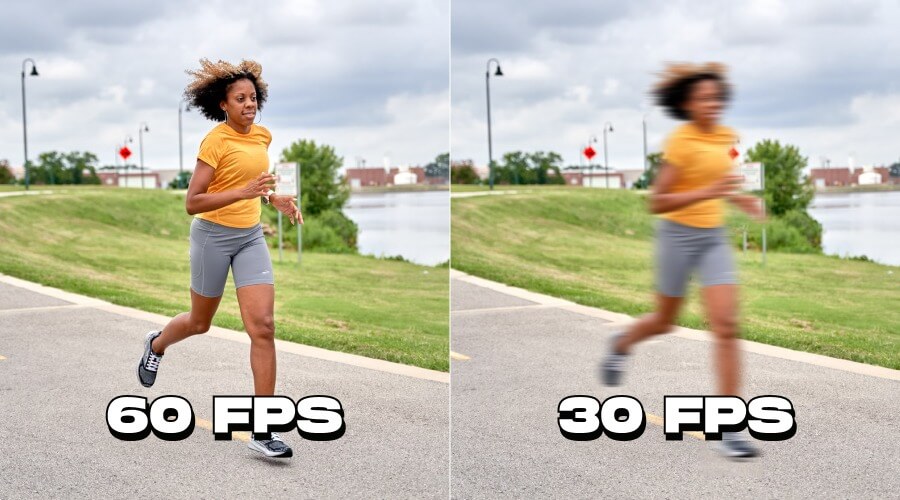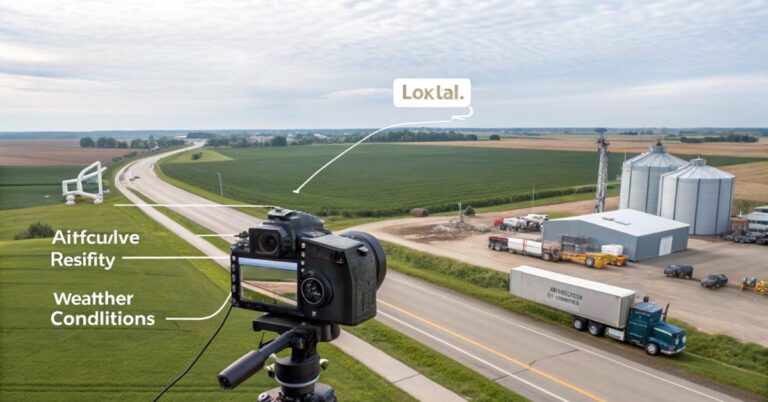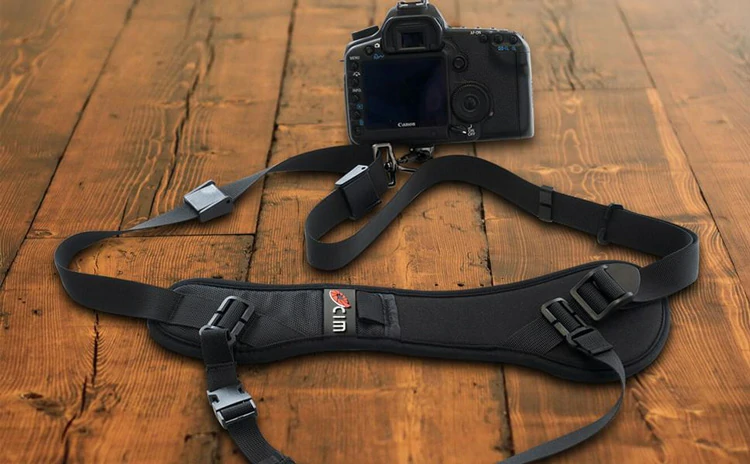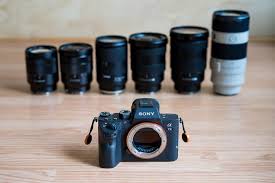30fps vs 60fps: Which Frame Rate Is Better for You?
30fps vs 60fps is a common debate among video creators, gamers, and content consumers. Understanding the difference between these two frame rates can significantly impact your viewing or recording experience. Whether you’re streaming, gaming, or filming, knowing how frame rate affects motion clarity, smoothness, and performance can help you make better choices. In this article, we’ll explore 30fps vs 60fps in detail, covering performance, visual differences, use cases, and more to help you decide which is best for your needs.
30fps vs 60fps: The Core Difference
The difference between 30fps vs 60fps lies in how smooth the motion appears.
30fps (frames per second): Displays 30 frames every second. This is the standard for TV shows, YouTube videos, and many streaming platforms. It offers a natural, cinematic feel.
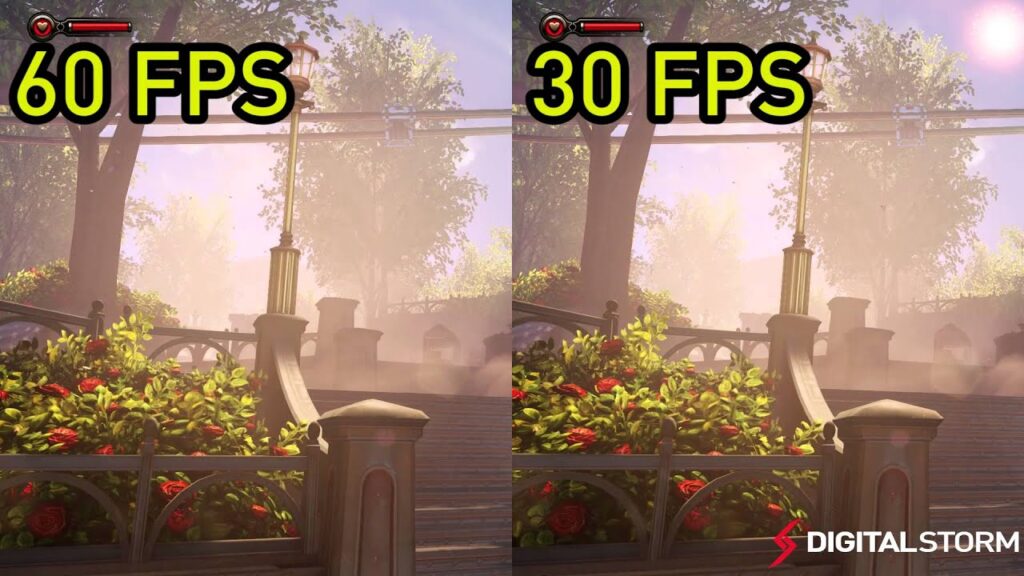
60fps: Shows 60 frames per second, offering smoother and more fluid visuals, especially for fast action like gaming, sports, and slow-motion footage.
With 60fps, motion appears more lifelike, reducing motion blur and providing clearer frame transitions, ideal for immersive experiences and fast-paced content.
Motion Smoothness: What You’ll Notice
One of the most noticeable differences is in motion clarity.
- At 30fps, fast-moving scenes may blur slightly.
- At 60fps, the same scenes feel crisper and more real-time.
Gamers and action videographers usually prefer 60fps for this reason.
30fps vs 60fps in Video Recording
30fps for Film-Like Look
30fps has long been the industry standard for TV and online videos. It gives a more “cinematic” look and is easier to edit on less powerful devices.
60fps for Smooth Playback
60fps is ideal for capturing:
- Sports events
- Vlogs with a lot of movement
- Travel and action videos
It allows for slow-motion editing later on without stuttering.
30fps vs 60fps in Gaming
Frame rate is even more critical in games, where every millisecond counts.
- 30fps in gaming is acceptable for slower, story-driven games.
- 60fps and above is preferred for:
- First-person shooters
- Racing games
- Fighting games
Competitive gamers almost always go for 60fps or higher for faster reaction times and smoother animations.
File Size & Storage Differences
Higher FPS leads to larger file sizes.
- A 60fps video takes nearly twice the space of a 30fps video of the same length and resolution.
- Consider this if:
- You’re recording long videos
- You have limited storage (like SD cards or phone space)
CPU & Battery Consumption
Recording or playing 60fps requires more power.
- Phones and cameras will heat up faster and drain batteries quicker.
- Laptops or desktops may need more processing power to edit and export 60fps files smoothly.
Internet Bandwidth & Streaming
Streaming in 60fps demands higher internet speed.
- YouTube and Twitch support 60fps, but slower connections may cause:
- Buffering
- Quality drops
If your audience is watching from phones or on slower Wi-Fi, 30fps might offer a better user experience.
Best Scenarios for 30fps
Use 30fps when filming interviews, documentaries, or vlogs. It delivers a cinematic look with natural motion blur, which many viewers find familiar and pleasant. It’s also efficient, resulting in smaller file sizes and reduced processing load, making it ideal for editing on low-spec devices or shooting long-form content. If you’re creating casual or narrative content for platforms like YouTube or social media, 30fps keeps things simple while still looking professional.
Best Scenarios for 60fps
Choose 60fps when capturing high-speed movement, like sports, action scenes, or dance. It ensures smoother playback and cleaner motion, which is especially useful for slow-motion editing. Gamers and streamers prefer 60fps for its fluid display, making gameplay feel more dynamic and immersive. It’s also useful for content where fast reactions and clear frame transitions matter. If your goal is to impress with visual clarity or reduce motion blur, 60fps is the better choice.
Side-by-Side Comparison Table
| Feature | 30fps | 60fps |
| Smoothness | Standard motion | Very smooth |
| File Size | Smaller | Larger |
| Battery Use | Less | More |
| Ideal For | Talking heads, vlogs | Gaming, sports, fast action |
| Editing Flexibility | Basic edits | Great for slow motion effects |
| Streaming Bandwidth | Lower requirement | Higher requirement |
Do You Really Need 60fps?
Not always.
- Beginners and casual users might not see much difference.
- Professionals or enthusiasts who care about detail and motion will benefit more.
In most cases, 30fps is good enough for casual viewers or YouTube uploads.
Is There a Visual Quality Difference?
No, resolution and bitrate affect sharpness. Frame rate affects motion fluidity, not how sharp each frame looks.
However:
- 60fps might seem sharper during motion, especially for pan shots or fast subjects.
- For still or slow scenes, both look very similar.
Frame Rate in Different Regions (PAL vs NTSC)
In technical broadcasting terms:
- NTSC (North America): 30fps (technically 29.97)
- PAL (Europe, Asia): 25fps
Many cameras let you choose between these. 60fps in NTSC and 50fps in PAL are common options for high frame rates.
Editing Workflow Considerations
If your video platform is 30fps:
- Filming in 60fps gives room to slow down parts during edit
- But always export in the same frame rate your viewers will see to avoid jitter
Mixing frame rates on a timeline can cause sync or motion issues unless handled properly.
Frame Rate and Human Perception
- The human eye can perceive differences in frame rate, but only up to a point.
- Most people notice the jump from 30fps to 60fps.
- Beyond 60fps (e.g., 120fps or 240fps), the improvements are less dramatic to casual viewers.
Mobile Phone Video: 30fps vs 60fps
Modern smartphones let you choose:
- iPhone/Android: Record at 30fps or 60fps
- Choose 30fps to save storage and battery
- Choose 60fps for action shots and better quality for moving scenes
Always remember: better lighting helps both.
Social Media Support
- Instagram Reels/TikTok: 30fps is enough
- YouTube and Twitch: Support 60fps and benefit from it
- Facebook/LinkedIn: Default compresses to 30fps regardless of what you upload
Final Verdict: 30fps vs 60fps – Which Should You Choose?
Choosing between 30fps vs 60fps depends on your content goals. If you want a classic, cinematic look and need to conserve storage or battery, 30fps is ideal. For smoother, sharper motion, especially in fast-paced scenes or gaming, 60fps is the better option. Each frame rate serves a purpose, and using them strategically can enhance your video’s visual appeal and viewer experience. Consider your subject, platform, and editing setup to decide which delivers the best results for your project.
Frequently Asked Questions (FAQs)
1. Is 60fps always better than 30fps?
Not necessarily. It depends on the content. 60fps looks smoother but takes more space and power.
2. Can you convert 30fps video to 60fps?
Technically yes, but it won’t improve motion smoothness. It just duplicates frames.
3. Why do movies use 24fps instead of 30fps or 60fps?
24fps gives a classic cinematic look with motion blur, which viewers are used to from film.
4. Does 60fps drain battery faster on phones?
Yes. Recording or streaming in 60fps uses more CPU and power.
5. Should I use 30fps or 60fps for YouTube videos?
Use 60fps for gaming or action content. Use 30fps for vlogs, interviews, and casual content.
6. Is 60fps worth it for social media?
Only if your platform supports it fully (e.g., YouTube). Instagram and TikTok compress to lower frame rates.
7. Which frame rate is better for slow motion?
60fps or higher. You’ll get smoother slow motion when you slow down the footage in post.
8. Is 60fps harder to edit?
Yes. It requires more powerful hardware and takes longer to export.
